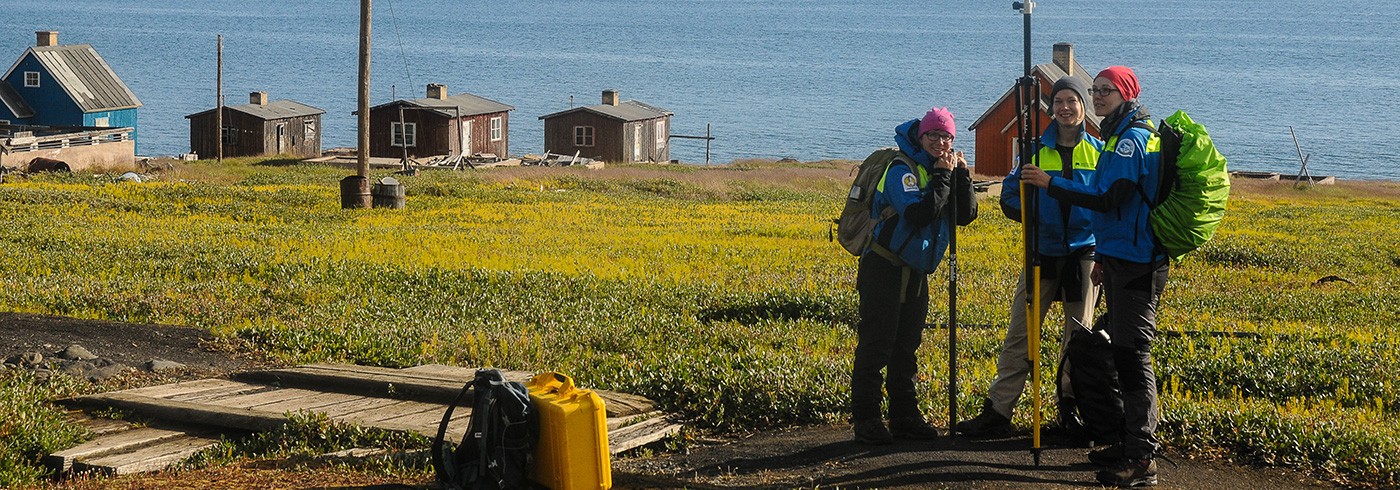Qullissat: New paths to the future by building on the legacies of the past
3 August 2015 - 15 December 2015Arctic communities dependent on mining are vulnerable to global changes in metal prices. The recent price fall has left Arctic mining towns with unemployment, abandoned infrastructures and production facilities, and radically altered landscapes. Therefore, debates on possible post-industrial futures have attained a great importance.
The field work is part of the project Sustainable Communities and the Legacies of Mining in the Nordic Arctic. This project explores how actors in the Arctic deal with the legacies of mining, with the aim of providing new knowledge of how deindustrializing communities, dependent on resource extraction, can chart new paths to the future by building on the legacies of the past.
To improve our understanding of how abandoned resource extraction sites can become resources for new futures in post-industrial Arctic communities, we conducted our field work at the abandoned mining town Qullissat in Greenland. To identify and explain differences, we are comparing Qullissat with Norrbottens malmfält in Sweden and the Isfjorden area in Svalbard. We conducted interviews with local stakeholders in Qullissat, and documented buildings and infrastructures using GPS/GNSS mapping, digital photography, text descriptions and measured drawings.
Despite growing interest in this abandoned mining town as an industrial heritage site, planning authorities and tourism companies generally do not view Qullissat as a cultural heritage site or a potential visitor site. At the same time, former residents of Qullissat have taken a different position and reuses the abandoned mining town as a place for memory. Although the grand narrative of Qullissat is about “the town that refused to die”, the material culture of the site supports a different story. In fact, most of the town’s buildings are empty and in various states of decay, only a few of them are being reused. Other buildings have either been removed or were destroyed by a tsunami in 2000. So if the tourism industry- or planning- and heritage authorities wish to use this site as a resource, i.e. as a place of memory or for future income, they need to invest and engage in dialogue with Qullissat’s former residents who now are reusing the site.





